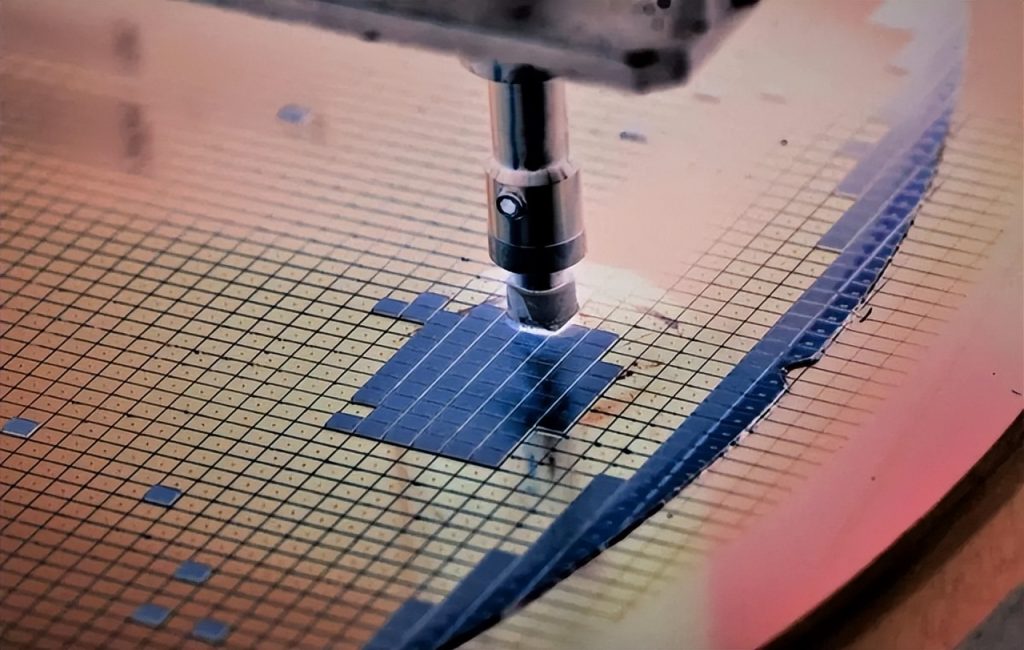The mention of power noise will strike a chord with many electronic engineers. What do we mean by power noise? Is it equivalent to power ripple? In fact, the power noise is different from the power ripple, which is a high-frequency component in addition to the ripple between the output terminals. The ripple is a synchronous component between the output terminals with the input frequency and the switching frequency, which is an AC interference signal superimposed on the stable DC signal.
Power noise waveform
In the analysis process of power source noise, the classical method is to use oscilloscope to observe the power source noise waveform and measure its amplitude, based on which to judge the source of power source noise. However, as the voltage of digital devices gradually decreases and the current gradually increases, the difficulty of power supply design increases. When the fault cannot be located by observing the time domain waveform, FFT(Fast Fourier Transform) method can be used to convert the noise waveform of the time domain power supply to the frequency domain for analysis. In circuit debugging, the signal characteristics can be viewed from time domain and frequency domain respectively, which can effectively speed up the debugging process.
The frequency domain analysis function of oscilloscope is realized by Fourier transform. The essence of Fourier transform is that any sequence in time domain can be expressed as an infinite superposition of sine wave signals of different frequencies. We analyze the frequency, amplitude and phase information of these sine waves, which is the analysis method of switching the time domain signal to the frequency domain. The sequence sampled by digital oscilloscope is a discrete sequence, so fast Fourier transform (FFT) is most commonly used in our analysis. FFT algorithm is the optimization of discrete Fourier transform (DFT) algorithm, the amount of computation reduced by several orders of magnitude, and the more number of operations required, the greater the amount of computation savings.

For FFT transformation of noise waveform captured by oscilloscope, there are several key points to be noted:
1. According to Nyquist sampling law, the spectrum broadening after transformation (Span) corresponds to 1/2 of the sampling rate of the original signal. If the sampling rate of the original signal is 1GS/s, the spectrum broadening after FFT is at most 500MHz;
2. The RBW Resolution Bandwidth after transformation corresponds to the reciprocal of the sampling time. If the sampling time is 10mS, the corresponding frequency Resolution is 100Hz.
3. Spectrum leakage, that is, the spectral lines in the signal spectrum interfere with each other, and the spectral lines with lower energy are easily submerged by the leakage of the neighboring high-energy spectral lines. To avoid spectrum leakage, the acquisition rate can be synchronized with the signal frequency as much as possible, the acquisition time can be prolonged, and the appropriate window function can be used.
In the measurement of power supply noise, the acquired signal time is required to be long enough, which can be considered to cover the entire time span of the effective signal.
